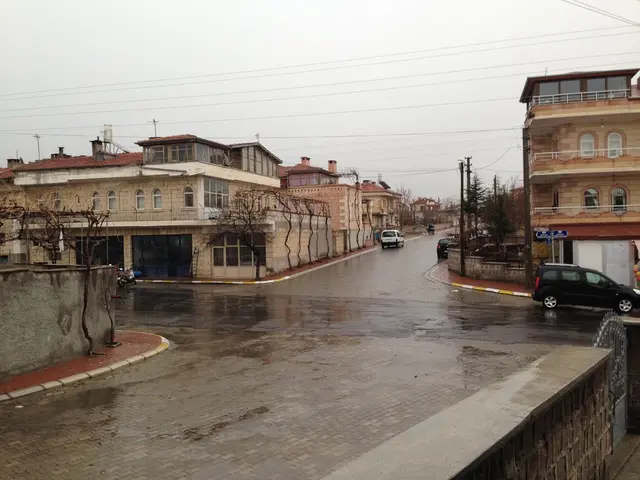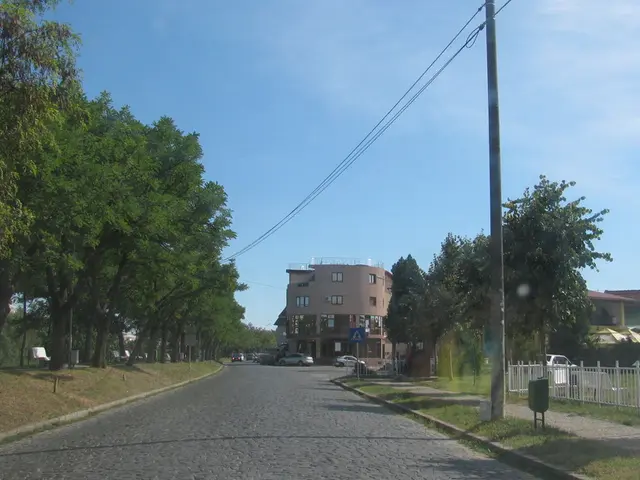Netherlands, Germany Set New Records for Negative Electricity Prices in 2025
The Netherlands and Germany have seen a significant increase in negative electricity prices in 2025, with the Netherlands already surpassing last year's record by August. This trend, also observed in other European markets, is driven by a combination of factors including high renewable energy production and low demand.
In the first eight months of 2025, the Netherlands recorded 474 hours of negative prices, surpassing the 458 hours in the whole of 2024. Germany, by the end of August, had 465 hours of negative wholesale electricity prices. The average price during these negative hours was -14.05 euros per megawatt hour in 2025.
The trend of negative prices is linked to periods of high renewable energy production, particularly from wind and solar, coupled with low demand. This often occurs during weekends or nights when industrial activity is reduced. The increasing capacity of renewable energy sources in Germany, combined with political and economic factors, has contributed to this rise in negative prices. However, lower solar power generation has also been a main reason for the increase in negative prices in recent months.
Efforts to control supply, such as coordinated restrictions and flexible power purchase agreements, along with increasing demand flexibility using batteries, electrolyzers, and heat storage, can help manage these negative prices. Temperature also plays a role in the number of hours with negative prices. As the energy landscape continues to evolve, monitoring and understanding these trends will be crucial for both consumers and providers.
Read also:
- HLC Approves ₹4,645.60 Crore for Flood Recovery and Wetland Rejuvenation in Nine States
- Ethiopia's Grand Dam: 15,000 Lives Lost, Water Concerns Unresolved
- Two farmers in Zambia take legal action against two firms with Chinese connections, alleging an ecological disaster caused by their operations.
- Deepening EU-India relations despite apprehensions regarding Moscow connections







